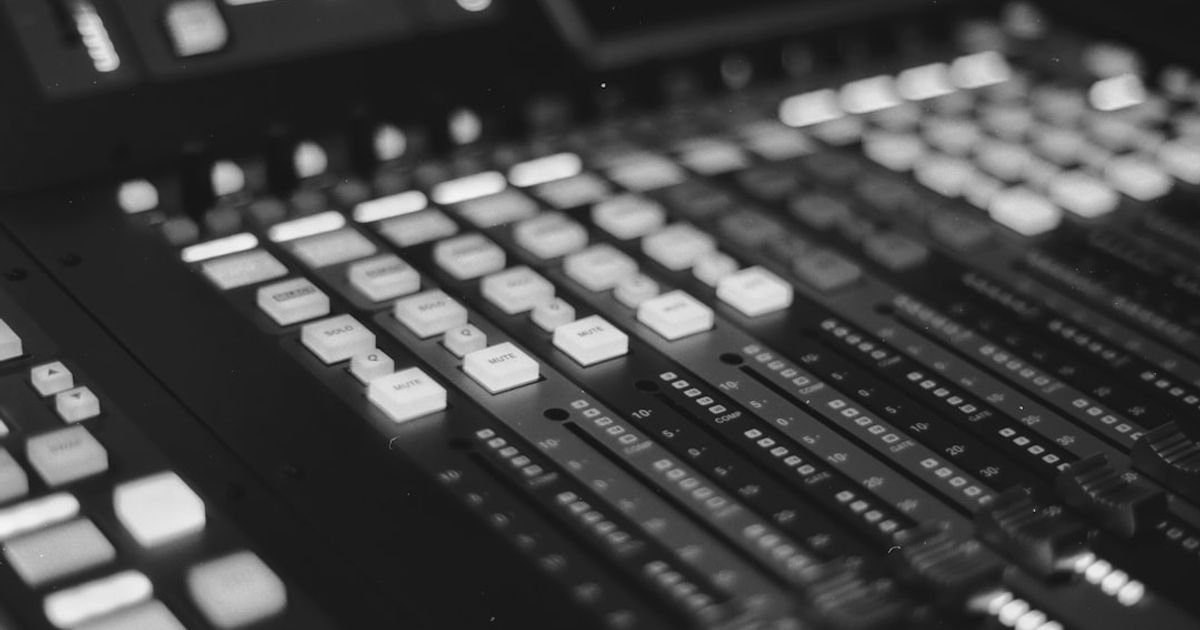About Prompt
- Prompt Type – Dynamic
- Prompt Platform – Google Gemini
- Niche – Music
- Language – English
- Category – Entertainment
- Prompt Title – Gemini Prompt for Creating a Music Streaming App
Prompt Details
**Prompt Type:** Dynamic
**Niche:** Music
**Purpose:** Entertainment
**Target AI Model:** Google Gemini
**Instructions:**
Imagine you are the lead architect for a cutting-edge music streaming application. Your goal is to design a truly dynamic and personalized listening experience that surpasses existing platforms. This prompt will guide you through several iterative steps, allowing you to refine and expand your vision for this application.
**Phase 1: Core Functionality and Features (Required)**
Begin by outlining the core functionalities and features of your music streaming app. Consider the following aspects:
* **Music Library:** Describe the scope and breadth of the music library. Will it focus on specific genres, offer a comprehensive catalog, or specialize in independent artists? How will users discover new music? Consider incorporating advanced search filters, personalized recommendations, and curated playlists.
* **Playback and Audio Quality:** Detail the playback options and audio quality settings. Will you offer lossless audio, spatial audio, or offline playback? How will users manage their listening queue and create custom playlists?
* **User Interface (UI) and User Experience (UX):** Describe the app’s UI/UX, focusing on intuitive navigation, visually appealing design, and a seamless user experience. Consider different screen sizes and devices (mobile, tablet, desktop, smart speakers).
* **Social Features:** Will users be able to connect with friends, share playlists, or follow artists? Explore innovative social features that enhance the listening experience and foster a sense of community.
* **Monetization Strategy:** Outline the app’s monetization model. Will it be subscription-based, ad-supported, or a hybrid model? Consider offering premium features like exclusive content or enhanced audio quality for subscribers.
**Phase 2: Dynamic Personalization (Required)**
Now, focus on incorporating dynamic personalization features that adapt to user preferences and listening habits.
* **Contextual Awareness:** How will the app leverage contextual information such as time of day, location, weather, or user activity to suggest relevant music?
* **AI-Powered Recommendations:** Describe how AI algorithms will be used to personalize music recommendations, discover new artists, and create dynamic playlists. Consider factors like listening history, genre preferences, and mood.
* **Dynamic Playlists:** Explore the concept of dynamic playlists that automatically update based on user preferences, trending music, or real-time events.
* **Mood-Based Listening:** How can users select music based on their current mood or desired emotional state? Consider integrating mood detection technology or allowing users to tag music with emotional keywords.
**Phase 3: Innovation and Differentiation (Optional)**
This phase encourages you to explore innovative features that set your app apart from the competition. Consider incorporating:
* **Integration with other platforms:** Explore potential integrations with social media platforms, fitness trackers, or smart home devices.
* **Gamification:** How can game mechanics be incorporated to enhance user engagement and encourage music discovery?
* **Virtual Reality (VR) or Augmented Reality (AR) Integration:** Explore the possibilities of integrating VR or AR experiences to create immersive listening environments or interactive music visualizations.
* **Artist Tools and Support:** How can the app empower artists and provide them with tools to connect with fans, promote their music, and manage their presence on the platform?
**Phase 4: Technical Considerations (Optional)**
Briefly address the technical aspects of your app’s development:
* **Platform Compatibility:** Specify the target platforms (iOS, Android, Web).
* **Data Storage and Security:** Briefly outline the data storage and security measures.
* **Scalability:** Consider the app’s scalability to handle a growing user base and increasing data volume.
**Output Format:**
Provide a structured response, using headings and bullet points to organize your ideas. Use clear and concise language. Include visual descriptions where appropriate. Be creative and imaginative in your design.
**Example Output Snippet:**
**Phase 1: Core Functionality and Features**
* **Music Library:** A comprehensive catalog encompassing all genres, including mainstream releases, independent artists, and international music. Advanced search filters allow users to search by artist, album, song title, lyrics, mood, and tempo.
* **Playback and Audio Quality:** Lossless audio streaming with customizable audio quality settings. Offline playback available for premium subscribers. Smart playlist creation based on listening history and preferences.
* …
This dynamic prompt structure encourages Gemini to generate detailed and evolving responses, allowing you to iteratively refine your vision for the music streaming app. By providing optional sections, you can control the depth and complexity of the generated output. Remember to adjust and expand upon this prompt to further customize your app design.

